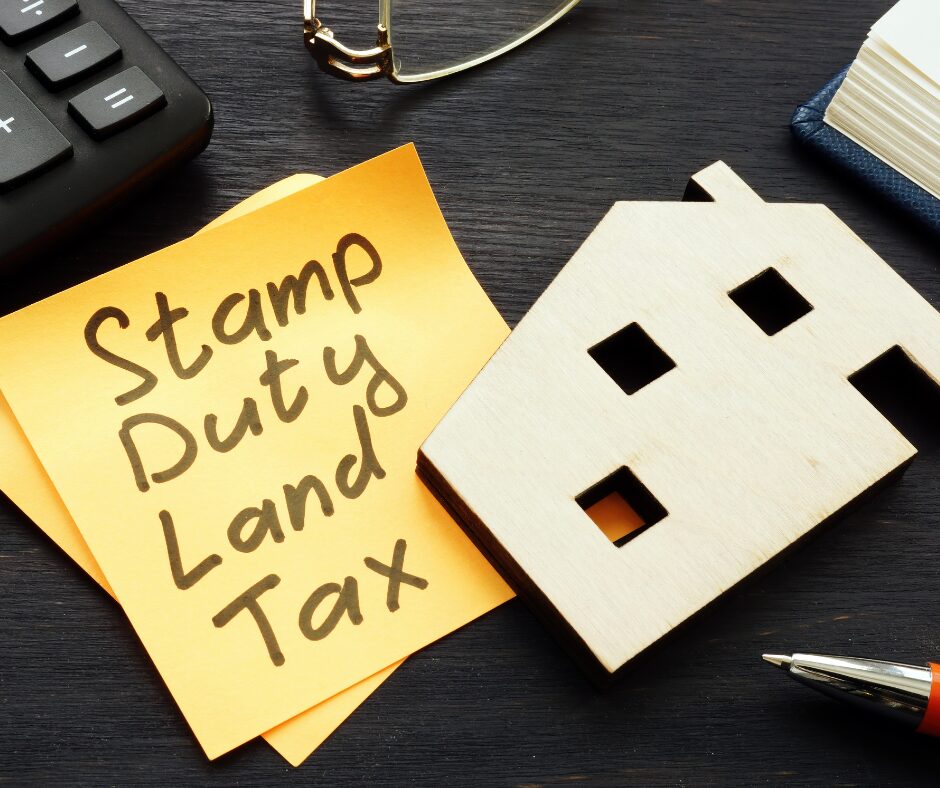If you’re planning to buy a property in England, you may have heard of stamp duty. What, though, is stamp duty, and how does it impact you as a purchaser? This article will tell you all about stamp duty in England. It will explain how to figure out the amount you have to pay and any special cases where you may get a discount or exemption. This should help you How to Understand Stamp Duty in England.
Understanding Stamp Duty

Stamp duty is a tax that is paid when purchasing a property in England. It is also known as Stamp Duty Land Tax (SDLT) and is calculated based on the purchase price of the property. The higher the purchase price, the higher the stamp duty amount.
How is Stamp Duty Calculated?
The stamp duty amount is calculated based on a tiered system. This means that different rates apply to different portions of the property’s purchase price. The current stamp duty rates for residential properties in England are as follows:
- Up to £250,000: 0%
- £250,001 to £925,000: 5%
- £925,001 to £1.5 million: 10%
- Above £1.5 million: 12%
For example, if you are purchasing a property for £300,000, the stamp duty amount would be calculated as follows:
- 0% on the first £250,000 = £0
- 5% on the remaining £50,000 = £2,500
- Total stamp duty amount = £2,500
Stamp Duty for First-Time Buyers
First-time buyers in England may be eligible for a stamp duty discount. If you are purchasing a property for £625,000 or less, you will not have to pay any stamp duty on the first £425,000. If you are buying a property for £425,000 or less and it’s your first time, you won’t need to pay any stamp duty.
Stamp Duty for Second Homes and Buy-to-Let Properties
If you are purchasing a second home or a buy-to-let property in England, you will have to pay an additional 3% on top of the standard stamp duty rates. This means that the stamp duty rates for second homes and buy-to-let properties are as follows:
- Up to £250,000: 3%
- £250,001 to £925,000: 8%
- £925,001 to £1.5 million: 13%
- Above £1.5 million: 15%
How to Calculate Stamp Duty
Calculating stamp duty can be a bit complicated, especially if you are not familiar with the tiered system. Luckily, there are lots of online calculators for stamp duty that can assist you in finding out the precise amount you have to pay.

To use a stamp duty calculator, you just have to put in the property’s purchase price. You also need to mention if you’re a first-time buyer and if the property is a second home or buy-to-let property. The calculator will then provide you with the total stamp duty amount. Try this free calculator – Stamp Duty Calculator.
Stamp Duty Exemptions and Discounts
There are some exemptions and discounts available for stamp duty and help on how to understand Stamp Duty in England. These include:
Transfers of Property in Divorce or Separation
If you are transferring a property as part of a divorce or separation, you will not have to pay stamp duty as long as the transfer is made within 3 years of the divorce or separation.
Transfers of Property in Inheritance
If you receive a property as an inheritance, you won’t need to pay stamp duty. This applies if you are the only person receiving the property and it is not being transferred through a will.
Charities and Non-Profit Organizations
Charities and non-profit organizations are exempt from paying stamp duty on properties that are used for charitable purposes.
How to Pay Stamp Duty
Stamp duty must be paid within 14 days of completing the purchase of a property. Your solicitor or conveyancer will usually handle the payment of stamp duty on your behalf and will add the amount to their fees.
However, If you are not using a solicitor or conveyancer, you will pay stamp duty yourself through HM Revenue and Customs (HMRC). You will need to fill out a stamp duty return form and pay the amount due within 14 days.
Conclusion
Stamp duty is an important consideration when purchasing a property in England. It is calculated based on the purchase price of the property and is paid within 14 days of completing the purchase. People buying their first home can get a lower price, but if they’re buying a second home or a property to rent out, they have to pay an extra 3% stamp duty.
Some situations can exempt or give a discount for certain things. This will include shared ownership properties and transferring property during a divorce or inheritance. By understanding how stamp duty is calculated and any potential exemptions or discounts, you can better prepare for the costs associated with purchasing a property in England.
Hopefully that has helped you How to Understand Stamp Duty in England. If you are not sure do call us on 01327 624275 or 01788 486100 or send us your details here, and we will be happy to help.
*Information correct as of January 2024




